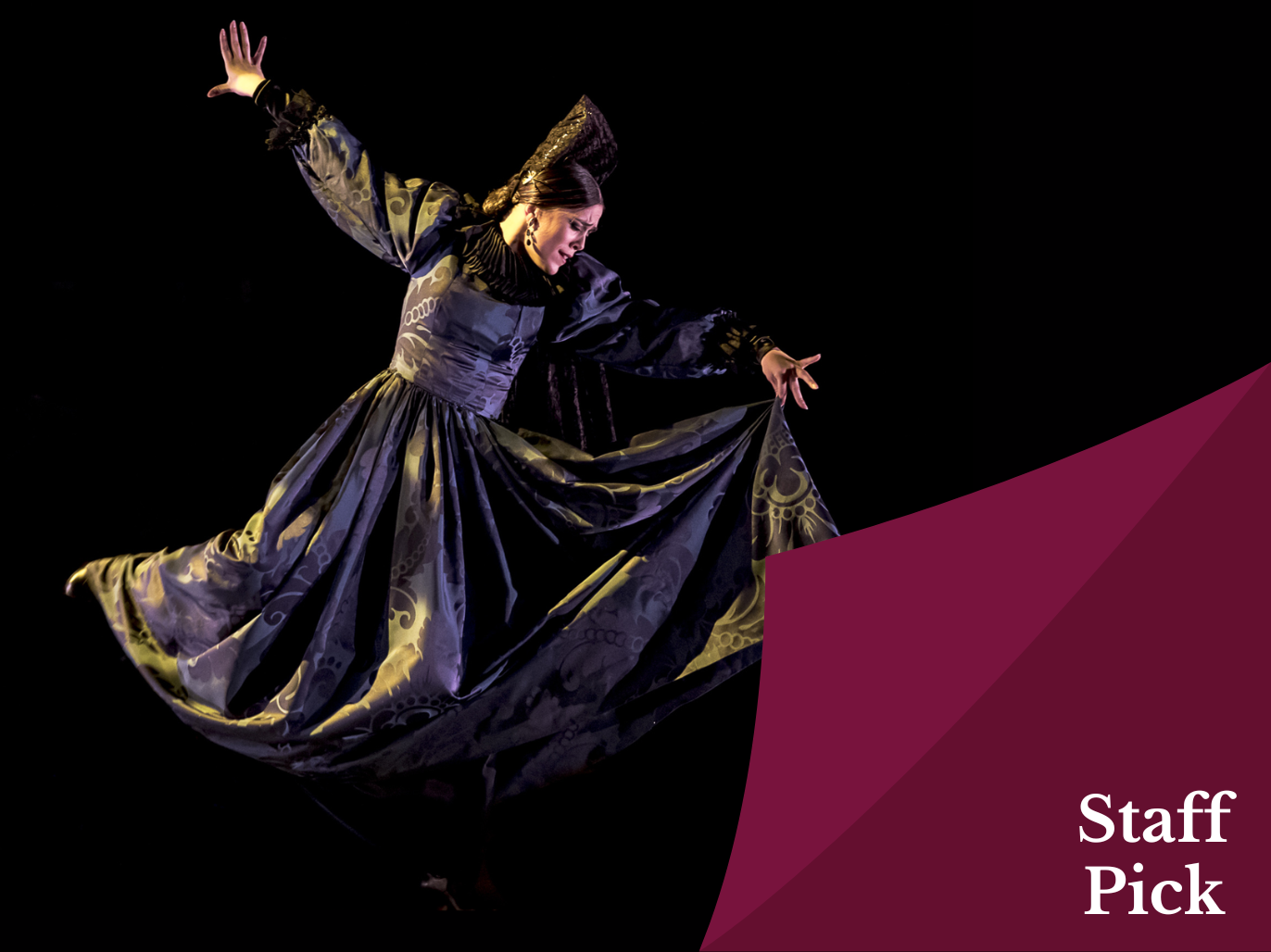Last year, I came across La Singla, a documentary about Antonia Singla, an illustrious flamenco dancer of the 60s and 70s who tragically lost her hearing as a child due to meningitis. I was captivated by her story: a talented dancer defeats all odds only to have her career end suddenly while still in her prime. I was then curious to learn more about flamenco, a dance which seems, paradoxically, both liberating and restricting. When bailaora Patricia Guerrero’s Catedral came to medici.tv, I jumped at the chance to dive back into the historic tradition of flamenco. The production is very accessible and perfect for those who, like me, are not familiar with the world of dance.
View author's page
Reading time estimated : 4 min
Before she created Catedral, Patricia Guerrero was in her thirties, living in Grenada in the heart of Andalucia, with several choreography awards to her name and already known as a figurehead of modern flamenco. In 2016, in collaboration with stage director Juan Dolores Caballero, her first production was born: the innovative work depicts the story of a woman fighting to break free from the shackles of tradition, and mirrors Guerrero’s personal and professional journey as she continues to search for her own style and liberate herself from the limiting customs of a centuries-old dance form.
I was particularly taken by the narrative element of the piece, easy to follow and brought to life by the striking decor and costumes, as well as the dancers’ expressivity and clear passion for the genre. The story spans several decades, ending in the present day, and takes on the tone of a coming-of-age novel, peppered with poignant moments of heartbreak and valuable lessons that allow the heroine to come to terms with her true self.
The first part of the work is characterized by a serious, solemn atmosphere, echoed in the minimalist decor, the dancer’s dark costume, and her traditional comb-and-mantilla headdress usually worn by Spanish women during Holy Week processions. Guerrero’s character appears restricted by the cumbersome dress which envelopes her whole body and subjugates her into a humble, obedient position at around 11.51, a somewhat shocking posture for a flamenca dancer, a group who are culturally perceived as determined, extraverted, and full of life. Slowly, the bailaora tries to rid herself of her costume, fighting with the dress until she finally frees herself at 16.45.
The bailaora Patricia Guerrero dances in a solemn atmosphere.
Next, Guerrero seems to explore flamenco technique in its purest form, showing absolute mastery of the art with powerful, self-assured gestures and impressively quick foot movements. As the performance continues, she demonstrates increasing resistance towards flamenco conventions. In the final section, I was struck by the difference in the bailaora’s mannerisms; her smiling face and free-flowing dress reveal a liberated Guerrero who is coming to the end of her battle with tradition.
Guerrero is accompanied by Juan Requena (guitarist), Agustín Diassera (drummer), and David “Chupete” (percussionist)
There’s a profound beauty in how Patricia Guerrero’s battle against flamenco tradition seems to both mirror La Singla’s struggle and honor her legacy. Antonia Singla’s illustrious career was breathtaking yet tragically short-lived, stifled by her entourage. With Catedral, Guerrero seems to stand up for those who came before her by reclaiming her power and presenting her own interpretation of flamenco.

